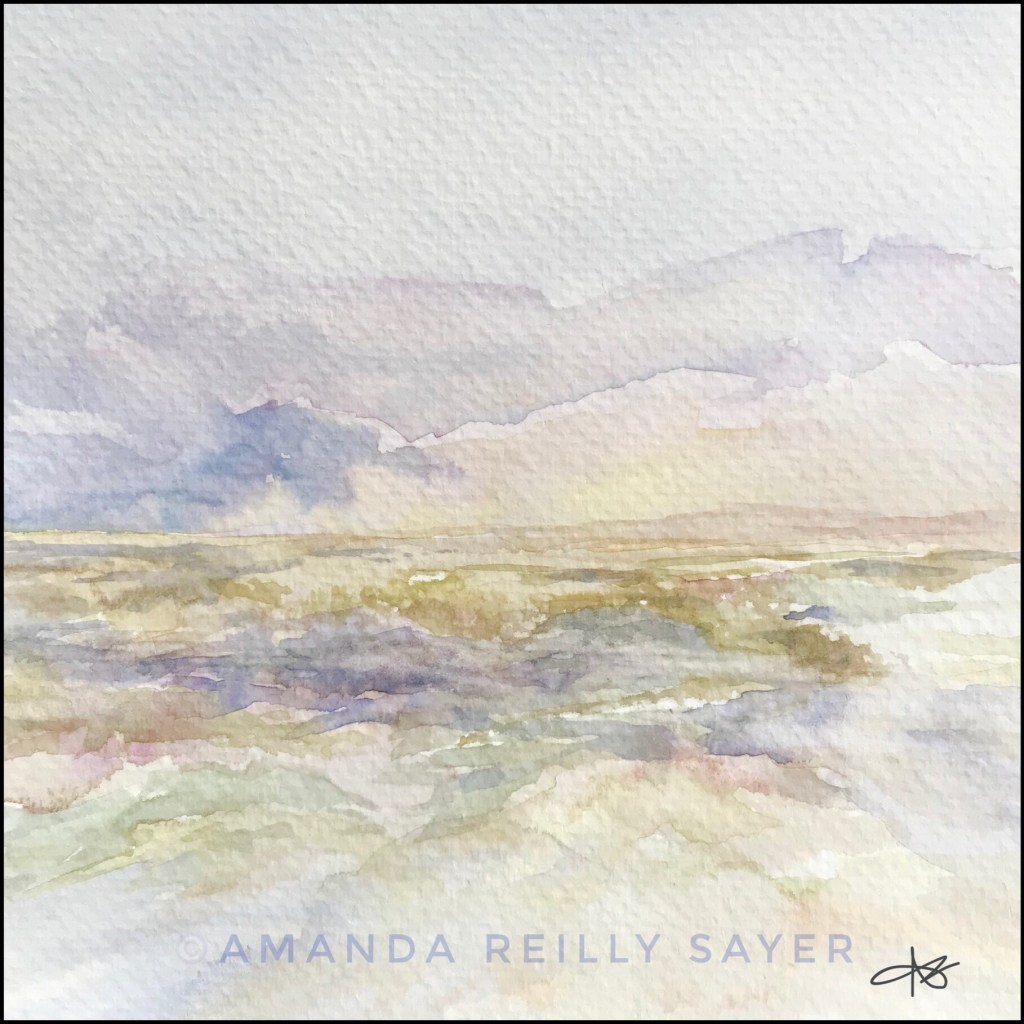I am always delighted by conversational surprises, when a superficial conversation prompt takes an unexpected turn into deeper territory. This morning, I had the pleasure of talking about gender with some older women in the locker room, following an otherwise neutral query about Thanksgiving. I’m sure it helped prime the conversational pump that one of the women knew of my professional background. “You’ll appreciate this,” she began, “One of the kids coming is a girl who has decided she is a boy.”
Interestingly, a version of this transgender conversation has been coming up quite a bit in my world lately. Maybe it’s that I seem like someone who is open to hearing about it. True. But I suspect it’s also because gender exploration is more acceptable for the current generation of young people and the older people in their lives are having to figure out how they want to respond. Cool!
After noticing my locker room friend’s obvious struggle to know what pronouns to use for this newly transitioning young person, I said, “I have some transgender people in my life and I know from experience that he will really appreciate your efforts to get the pronouns right. He’ll feel really cared about by your willingness to use he/him when you refer to him. If you say the wrong pronoun, it’s no big deal. Just correct yourself without a fuss and move on.” This seemed to ease the anxiety of this former nurse, her need to be a caretaker answered. Could I have corrected her on the “girl who has decided she is a boy” thing? Yes. But I generally find support to be more effective than correction. Maybe we’ll talk more at some point.
“I just don’t understand how this is different from being a tomboy. That’s what we called this in my day,” the conversation continued. “Yeah, it’s interesting,” I said, briefly noting my still wet bathing suit and the towel covering my body. “I was a tomboy…probably I still am in a lot of ways. Although I don’t especially have a need to define my gender one way or another at this point in my life, I’ve wondered how my gender identity and decisions about gender expression might have been different if I was growing up now.”
I’m well aware that this is sometimes the place in conversation when I get the sense I’ve gone too deep for other people’s comfort. That isn’t so unusual for me – ha! – but I’ve learned to tolerate awkward silences and to tread back to the superficial, as needed. This time I didn’t need to.
“That’s so interesting,” the other woman chimed in, “We were just talking about this after a lot of wine around the fire pit…and I think it was freeing for these 60 something year old guys to see they weren’t alone in having a feminine side. And how it was permissible for a girl to be a tomboy, but not whatever the opposite would be for a guy…how that’s changing now.”
“Yeah, totally,” I said. “I think this younger generation is really showing the way…because binary thinking is kind of limiting, right? I mean, most of us fall on a spectrum in lots of dimensions of our lives don’t we?” (Yes, I really talk this way…for better or worse – LOL!)
They agreed!
Now, I understand not everyone agrees. I’ve had a version of this dialogue go other, less satisfying ways. There are also a lot of nuances I didn’t pursue with my locker room friends. But I love that these conversations are happening – in locker rooms, around fire pits, and dinner tables – if imperfectly. Because they are the way of progress.
To all who are pushing the envelope of self-expression, being true to yourself however that shows up, I see you and am rooting for you!











